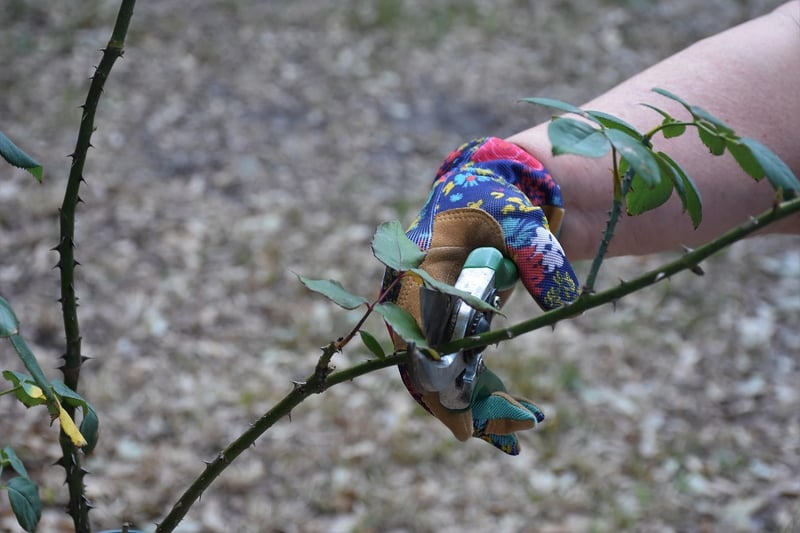Pruning Guide
Keeping Plants Healthy: A Comprehensive Pruning Guide
Introduction to Pruning
Pruning is an essential gardening practice that involves the selective removal of parts of a plant to enhance its health, structure, and appearance. Proper pruning can help stimulate growth, improve flowering, and prevent disease.
Benefits of Pruning
- Promotes plant health by removing dead or diseased branches.
- Shapes plants for better aesthetics and structure.
- Encourages new growth and flowering.
- Controls plant size to fit the available space.
When to Prune
The timing of pruning depends on the type of plant. In general:
- Spring-blooming shrubs: Prune after flowering.
- Summer-blooming shrubs: Prune in late winter or early spring.
- Deciduous trees: Prune in late winter when dormant.
- Evergreen trees: Prune in late winter or early spring.
Pruning Techniques
Some common pruning techniques include:
- Thinning: Removing entire branches to improve air circulation.
- Heading: Cutting back a portion of a branch to encourage new growth.
- Deadheading: Removing spent flowers to promote more blooms.
- Pinching: Nipping off the tips of young plant shoots to encourage bushier growth.
Tools for Pruning
Essential tools for pruning include:
- Pruning shears
- Loppers
- Pruning saw
- Hand pruners
Conclusion
Pruning is a vital part of plant care that can significantly impact the health and appearance of your garden. By understanding the basics of pruning and following proper techniques, you can keep your plants thriving year-round.

For more detailed information on pruning techniques and specific plant care, consult a gardening guide or seek advice from a local horticulturist.
Remember, a well-pruned plant is a healthy plant!
